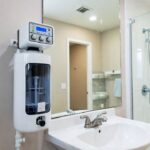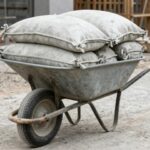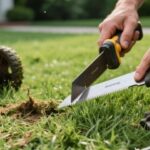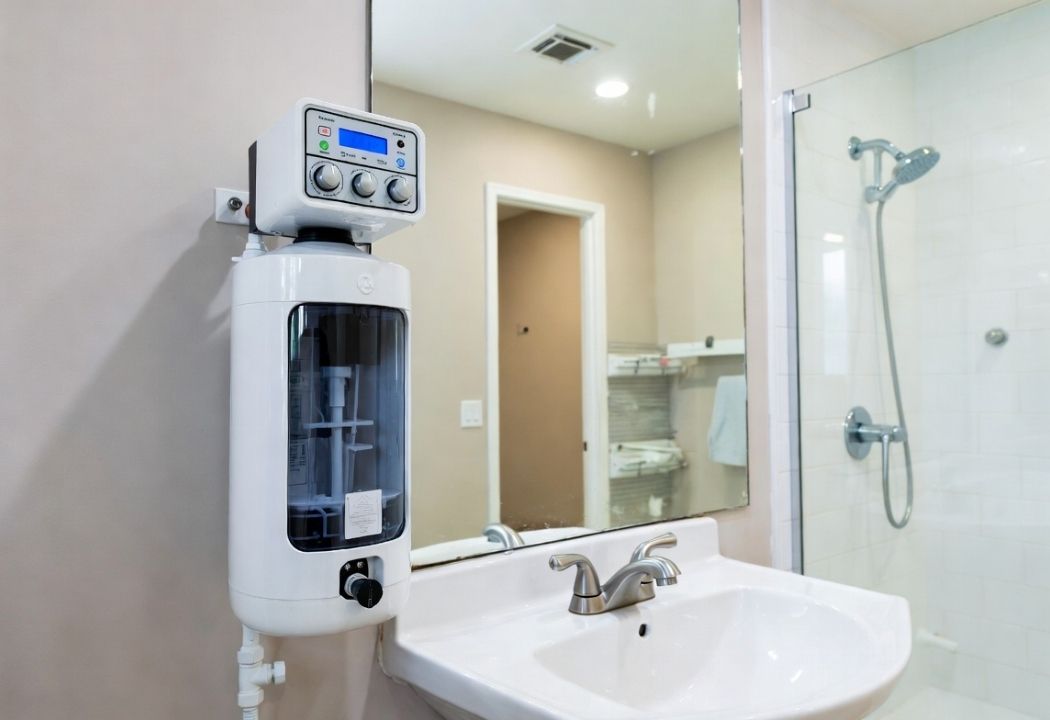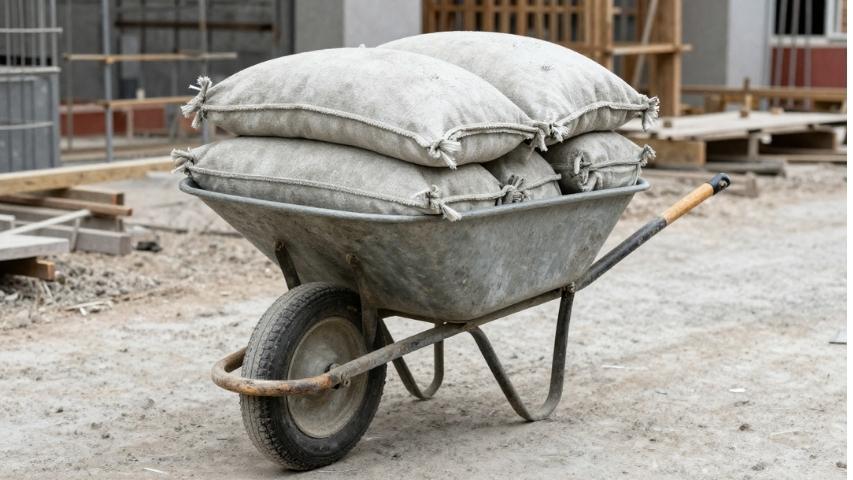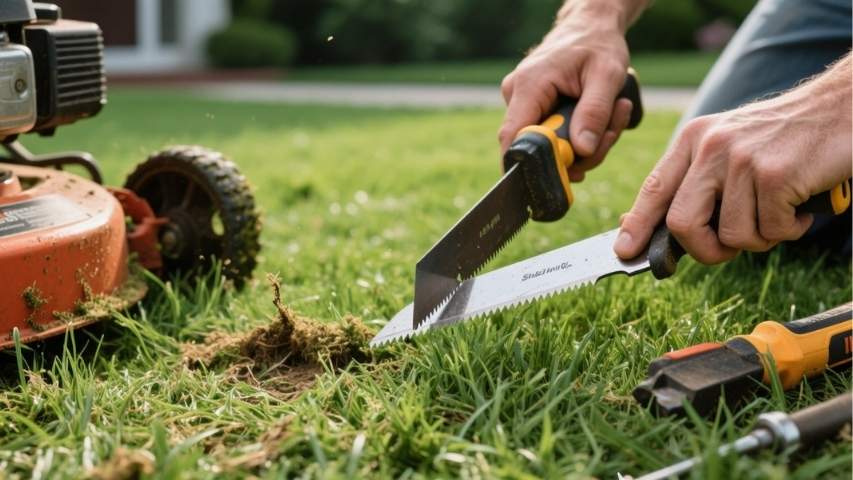Hardwood floors add timeless beauty and elegance to any space. But accidents happen, and sometimes paint splatters find their way onto your pristine flooring. Whether it’s a minor drip from a home project or an old coat of paint left behind by the previous homeowner, the good news is that removing paint from hardwood floors is entirely possible without damaging the surface.
This guide is for DIY homeowners, renovation enthusiasts, and wood floor specialists who want to clean up paint spills while keeping their beloved floors safe from harm. By the end of this article, you’ll know the tools and techniques to tackle any paint mess effectively, leaving your hardwood gleaming and flawless.
Assessing the Situation Before You Start
Before reaching for solvents or tools, take a moment to assess the situation. Understanding factors like the type of paint, how long it has been on the floor, and whether the hardwood is finished or unfinished will help you decide on the best approach.
1. Identify the Paint Type
Different types of paint require different cleaning methods.

- Water-based (latex) paint is the easiest to remove and often responds well to gentle cleaning solutions.
- Oil-based paint can be more stubborn and may require stronger solvents.
If you’re unsure, check the label of the paint can (if available) or consult a professional.
2. Check the Floor Finish
Many hardwood floors have a protective finish, such as polyurethane or varnish. Paint sitting on a finished floor is easier to remove, as the paint hasn’t adhered directly to the wood. However, extra care is needed if the floor is unfinished since paint can sink into the porous surface, making it harder to remove.
Tools and Materials You’ll Need
Gathering the right tools ensures you’re prepared for every scenario. You don’t need specialised equipment; most items can be found at your local hardware store or might already be in your home. Here’s what you might need:
- Soft cloths or rags
- Plastic scraper or credit card
- Warm water and dish soap
- White vinegar
- Rubbing alcohol or denatured alcohol
- Mineral spirits or paint thinner (for oil-based paint)
- Painters’ tape (if treating an isolated area)
- Steel wool (very fine grade, if necessary)
- Hairdryer or heat gun
- Sandpaper (for unfinished floors)
Remember to choose tools and products that are safe for wood. Avoid metal scrapers or anything overly abrasive, as these can scratch or damage your floors.
How to Remove Paint from Hardwood Floors
Once you’ve assessed the situation and gathered your tools, it’s time to tackle the paint. Here’s a step-by-step guide for removing paint, starting with the mildest methods and gradually moving to stronger techniques if needed.
Step 1. Start with Soap and Water
For fresh paint splatters, warm water and dish soap are often enough to do the trick.
- Mix a few drops of mild dish soap into a bowl of warm water.
- Dip a soft cloth into the soapy water and gently rub the paint spot.
- If needed, use a plastic scraper or credit card to lift the edges of the paint. Apply light pressure to avoid scratching the floor’s surface.
This method works best for water-based (latex) paint that hasn’t dried completely.
Step 2. Try White Vinegar for Dried Paint
White vinegar is a natural solution that’s safe for most hardwood floors.
- Heat a small amount of white vinegar until warm (but not boiling).
- Dampen a soft cloth with the vinegar and place it over the dried paint.
- Leave it for 10-15 minutes to soften the paint.
- Use a plastic scraper or your fingernail to carefully remove the paint.
Step 3. Rubbing Alcohol for Stubborn Spots
If soap and vinegar aren’t enough, rubbing alcohol can help loosen dried paint.
- Dampen a cloth with rubbing alcohol (test a small, hidden area first to avoid discolouration).
- Gently scrub the paint spot, working in small circles.
- Clean the area with a soapy water-dampened cloth to remove any alcohol residue.
Step 4. Heat to Loosen Paint
Heat can soften hardened paint, making it easier to scrape off. This method is useful for more challenging spots.
- Use a hairdryer or heat gun on the lowest setting and hold it several inches from the paint.
- Move the heat source back and forth over the paint to prevent overheating the wood.
- Once the paint softens, gently scrape it off with a plastic tool.
Step 5. Mineral Spirits for Oil-Based Paint
Mineral spirits or paint thinner are often necessary for oil-based paint.
- Apply a small amount of mineral spirits to a cloth (always test an inconspicuous area first).
- Rub the paint gently, letting the solvent break it down.
- Wipe the area clean with a damp cloth to remove any residue.
Step 6. Sanding for Unfinished Floors
If all else fails, sanding may be your last resort, especially for unfinished floors.
- Use fine-grade sandpaper (e.g., 220 grit) to gently sand the paint-covered area.
- Work slowly and evenly, blending the treated area with the surrounding wood.
- Once the paint is removed, apply a wood finish or stain to restore the floor’s appearance.
Tips for Protecting Your Hardwood Floors
- Act Quickly: The sooner you tackle paint spills, the easier they are to remove.
- Avoid Harsh Tools: Avoid metal scrapers or coarse steel wool, which can scratch the wood.
- Test First: Always test cleaning products and techniques on an inconspicuous area to ensure they won’t damage your floor.
- Use Protective Covers: When painting, cover floors with drop cloths or plastic sheets to prevent future spills.
What to Do for Large-Scale Paint Spills
Consult professionals if your hardwood floor has been heavily coated with paint due to a large spill or previous renovation. They can use techniques like chemical stripping or professional sanding to restore your floors without causing damage.
Restore Your Hardwood Floors to Their Natural Beauty
Removing paint from hardwood floors is manageable with the right tools and techniques. There’s a method for every scenario, from fresh splatters to dried-on stains. The key is to start gently and escalate as needed, always prioritising the safety and integrity of your flooring.
Do you have an incredibly stubborn paint problem or questions about your hardwood? Connect with professionals or consult local experts for tailored solutions.

